"AZN Pride" and the artist who helped shape it
In the late '90s and early 2000s, a movement known as "AZN Pride" emerged, resonating deeply with many Asian Americans. It was a bold statement of identity and community at a time when representation
Editor’s note: We typically send out The Rebel Yellow on Mondays, Wednesdays, and Fridays, but we’re making an exception today to share this special feature on Jonny Ngo, an artist whose work shaped a generation of Asian American youth. If you’d like more stories like this, give us a holler crew@therebelyelloe.com.
Jonny Ngo: the artist who helped shape "AZN Pride"
Written by Benny Luo
In the late '90s and early 2000s, a movement known as "AZN Pride" emerged, resonating deeply with many Asian Americans. It was a bold statement of identity and community at a time when representation was scarce. However, the experience wasn’t universal.
As a Bay Area native, I grew up assuming that most Asians in America knew about “AZN Pride.” But as NextShark grew and I started connecting with Asian Americans across the country, I realized that wasn’t the case. Many of my East Coast friends around my age had never even heard of it. Even in Southern California, where I now live, I’ve met plenty of people unfamiliar with the movement. It seems to have been especially concentrated among Bay Area Asians who came of age in that era. But interestingly, I’ve also come across people from Texas and the Midwest who were aware of it—most likely because they were tapped into Asian American online communities at the time.
Because of this, I can’t say “AZN Pride” was some massive, nationwide movement, but if you were an Asian kid in the Bay Area in the ‘90s, you knew. There was an unspoken culture—something hard to define but deeply felt. It gave us a sense of belonging at a time when we didn’t always see ourselves in mainstream media.
One of the most recognizable symbols of that era? Jonny Ngo’s drawings. You’d see them everywhere—printed and taped onto school binders, decorating Xanga, Asian Avenue, Friendster, and Myspace profiles, or set as AIM icons. His art had a unique energy that spoke to a group of us. It was cool to see cartoon characters who actually looked like us —rocking the freshest fits, perfectly styled hair, and a swagger that felt aspirational.
Beyond his drawings, Jonny is also credited with coining the phrase “Got Rice?”—a phrase that became widely recognized in Asian American circles. His viral “Asian Pride” artwork, featuring two Asian kids with attitude, was everywhere.
While many people contributed to shaping Asian American identity in the early internet era, Jonny Ngo—better known as Jonny Angel—was one of the artists who left a lasting impact.
Jonny’s Story: From Refugee to Movement Maker
Jonny’s journey begins in Vietnam. His family fled the country, spending time in a Malaysian refugee camp before eventually settling in Texas. Life as an immigrant wasn’t easy. “Growing up in America took some adapting,” Jonny shared with me. “We lived in a small Texas town, and I learned quickly that being different was looked at as a flaw.”
The adversity Jonny faced was all too common. “The white kids threw rocks at me when I walked home from school,” he recalls. “Even the Asian kids would attack me. Sometimes hardships will pull you down, break your spirit, but all that did was make me more determined to succeed.”
Despite the struggles, Jonny never forgot the sacrifices his family made. “I realized early on how brave my parents were to uproot our family and thrive in a foreign land,” he said. “That inspired me to work hard and honor their sacrifices. I embraced being me. I didn’t want to just be like everyone else. I wanted to make an impact on the world.”
Jonny also reflected on his perspective of AZN Pride and how it evolved in Texas. “I went to a middle school where there were probably at most three Asian students. When you lose that sense of community, you feel like you lose a bit of yourself,” he said. “My high school experience was much different since there was a larger community of Asians and I found myself a group of friends who accepted me. But to me, being Asian proud wasn’t just about fitting in—it was about making a positive impact for our community.”
Jonny wanted his drawings to reflect the sense of community and love among Asian Americans. However, he also noticed how the rise of Asian gangs fueled xenophobia. “Even in Texas, there was a time when my friends and I couldn’t even play basketball without being harassed and labeled as gang members by the police. One cop looked at me directly and said, ‘If you walk like a duck and talk like a duck, then you are one,’ before he cuffed me and photographed me for just being Asian.”
That moment became a defining experience. “AZN Pride to me is how we react in situations like that. I responded by writing an editorial for the local paper the next day. I retaliated by volunteering for the city’s Labor Day parade the next weekend. The look on that same cop’s face when he saw me at the parade was priceless. We have to remind the world that we cannot be labeled, we cannot be stereotyped. We show our pride by being a proper reflection of our culture and our struggles because that is what makes us stronger as a whole.”
The Artist Who Couldn’t Stop Creating
Jonny’s love for art began with Disney movies. He’d pause VHS tapes and sketch the frames. Later, Microsoft Paint became his creative playground. “I wasn’t born with talent—just a whole lot of patience and determination,” he admits. “I truly believe I’m a horrible artist. I’m just a guy with a mind full of imagination and creativity that yearns to express it.”
His drawings weren’t just creative—they were personal. “I’ve always been a hopeless romantic,” Jonny laughs. “I grew up with things like ‘Precious Moments’ and ‘Love Is…’ cartoons, but I wished they represented who I was and what my heritage meant. So I started creating my own art.”
"I didn’t have to promote them," he said. "People shared them all over because it truly was how they felt, and they finally had an outlet of expression."
The rise of viral artwork
Jonny first started sharing his drawings in AOL chatrooms. “People were enjoying them, so I created a little website with basic HTML to display and post new drawings,” he said. “I recall my little visitor counter on my website hitting a million views in just a few months, but I really didn’t think much of it.”
But then, he started seeing his artwork pop up in unexpected places. “I went to Asian CD stores and saw my art plastered all over those bootleg CDs they sold,” he said. “That’s when I thought to myself—maybe my stuff was viral (before being viral was a thing).”
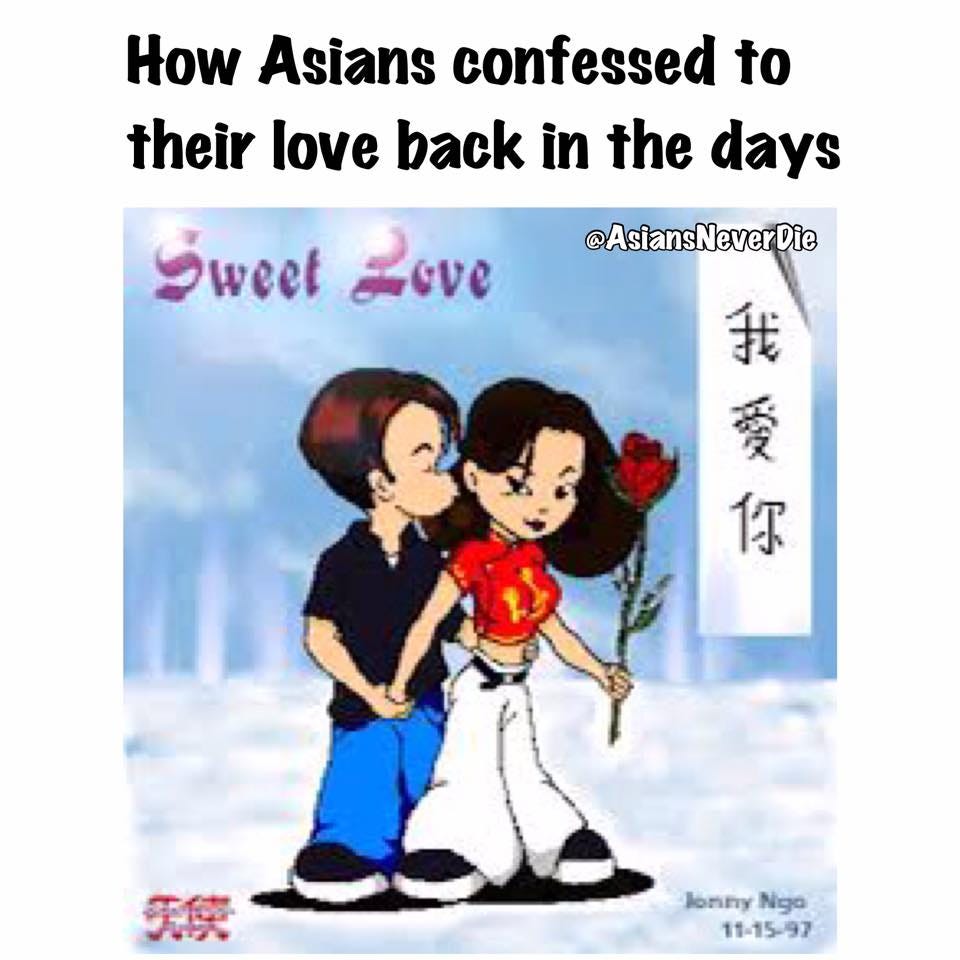
The real shock came when he saw his work on TV. “I think I fully believed I made it when I saw an episode of Smallville and an extra walking across the screen had a shirt with my ‘Got Rice?’ guy on it.”
Jonny’s art became an unintentional symbol of an era. “It makes me proud that we as a community have an image, a symbol that represents us completely during the late ‘90s and early 2000s. You see that drawing, and you just know—it’s a nostalgic trip to a moment in time.”
"Got Rice?" and the Cultural Phenomenon
Jonny’s most iconic creation, the “Got Rice?” character, became a cultural touchstone. According to The Encyclopedia of Asian American Folklore and Folklife, Jonny is credited with coining the phrase, which became the title of a viral parody of 2Pac’s Changes (with a new version released in 2010 by The Fung Brothers). The song humorously captured Asian American experiences and spread across peer-to-peer platforms like LimeWire and Kazaa. Jonny’s artwork gave the phrase its visual identity, turning it into a symbol of pride.
For Jonny, "AZN Pride" was deeply personal. “Asian pride to me is about being proud of who you are and where you come from,” he said. “As much as I was bullied growing up, I never lost my sense of pride and culture.”
The movement also carried an edge of defiance. Jonny remembers a time when he and his friends were harassed by police while playing basketball. “One cop looked at me and said, ‘If you walk like a duck and talk like a duck, then you are one,’” Jonny recalls. “In his mindset, I must be in a gang. But that’s not how I saw myself. I responded by writing an editorial for the local paper the next day. We have to remind the world that we cannot be labeled, we cannot be stereotyped.”
Art That Brought Us Together
If you were part of the "AZN Pride" era, Jonny’s art was impossible to ignore. “Back then, you’d print these out and stick them on your binder for school,” Jonny said. “Or you’d upload them as your profile design on MySpace or Friendster. It was a way to show pride in who you were, especially when there weren’t many other ways to do it.”
For many, Jonny’s work became a source of connection. “I’ve gotten emails from people saying they fell in love because of my art or that it inspired them to get into graphic design,” he said. “I’ve heard stories about Asian Americans who felt alone but now have a sense of community. Even small things, like kids printing out my drawings to stick on their lockers, mean the world to me.”
The Legacy Lives On
Although the "AZN Pride" movement has evolved, its spirit endures. “Just like AZN Pride, it cannot die out—it can only grow and evolve,” Jonny says. Today, he channels his creativity into photography, capturing moments much like he did with his drawings.
When Jonny looks at the Asian American community today, he’s optimistic. “We have so many strong Asian Americans in mainstream media, from sports to movies, news to politics,” he said. “It’s only the beginning—a small stepping stone. We’re refusing to speak in whispers, and instead, we’re singing at the top of our lungs.”

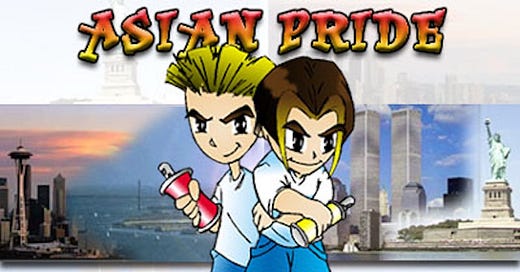



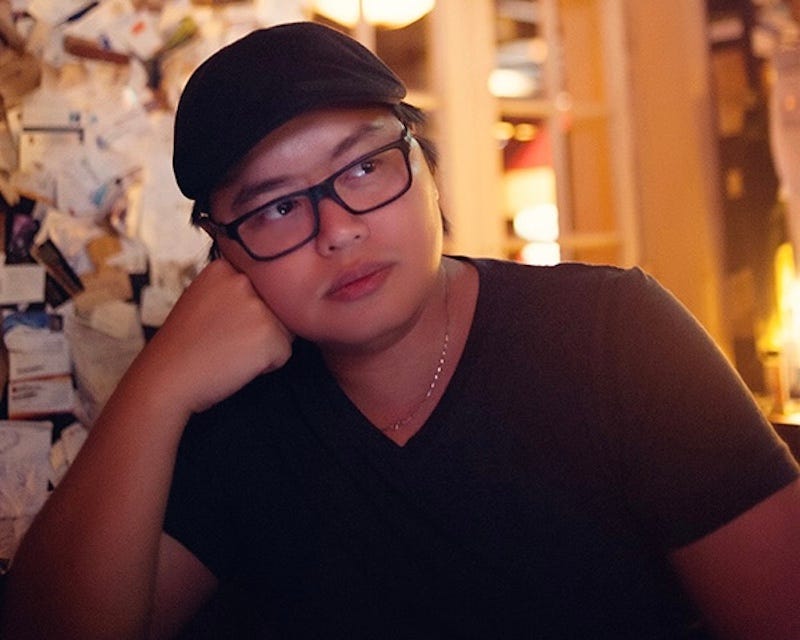
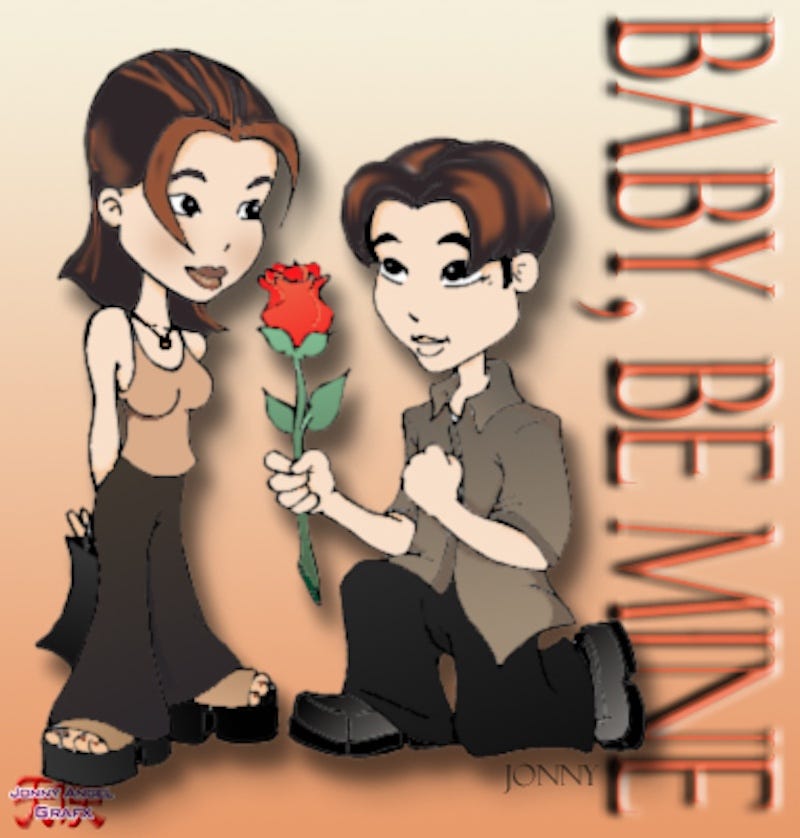
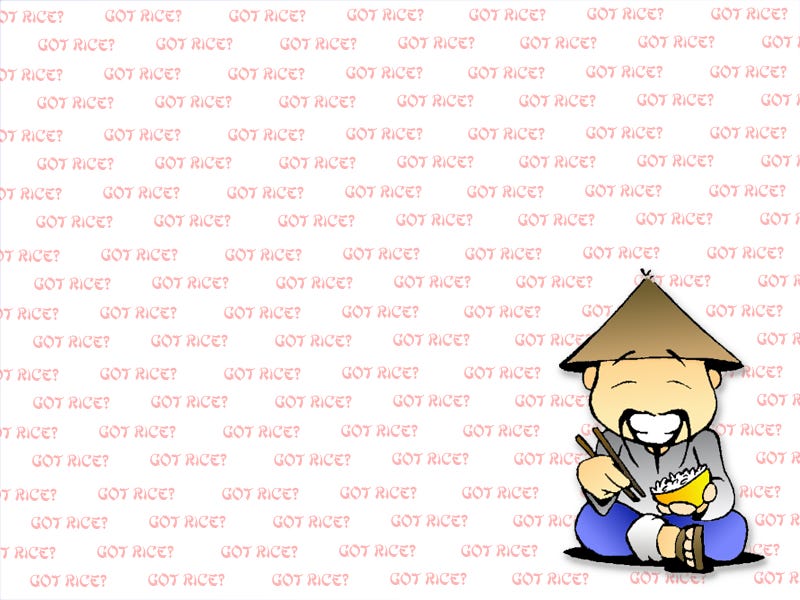

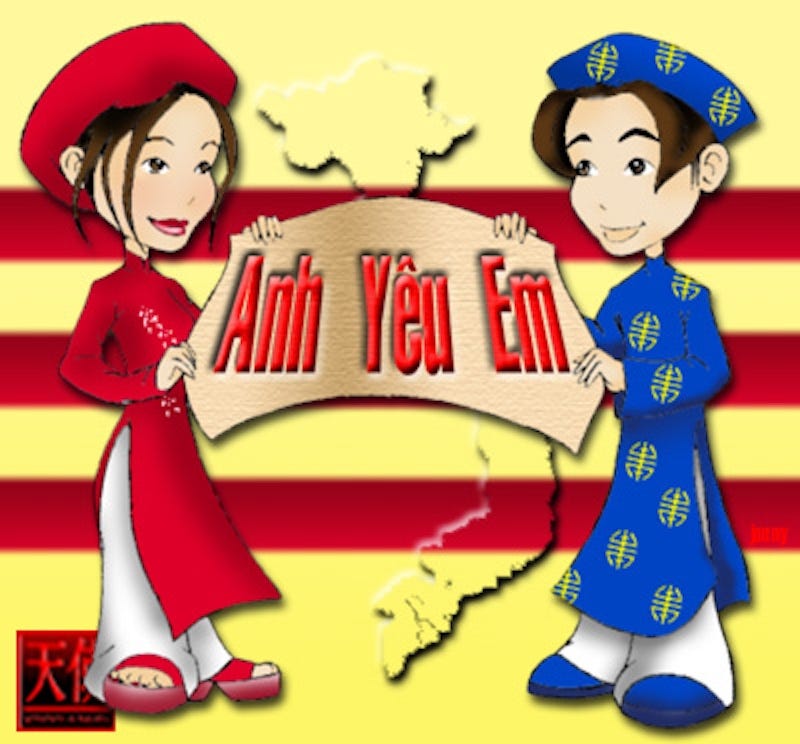
Love this piece! Has Jonny continued his art and how can it be accessed?
I thoroughly enjoyed reading about Jonny Ngo's artwork and wished I had learned earlier about his AZN Pride movement even though I'm originally from Hawaii, lived in Seattle, and now live in the OC. Keep up the awesome work! You are such an inspiration to us all. We need more people like you. Thanks again.